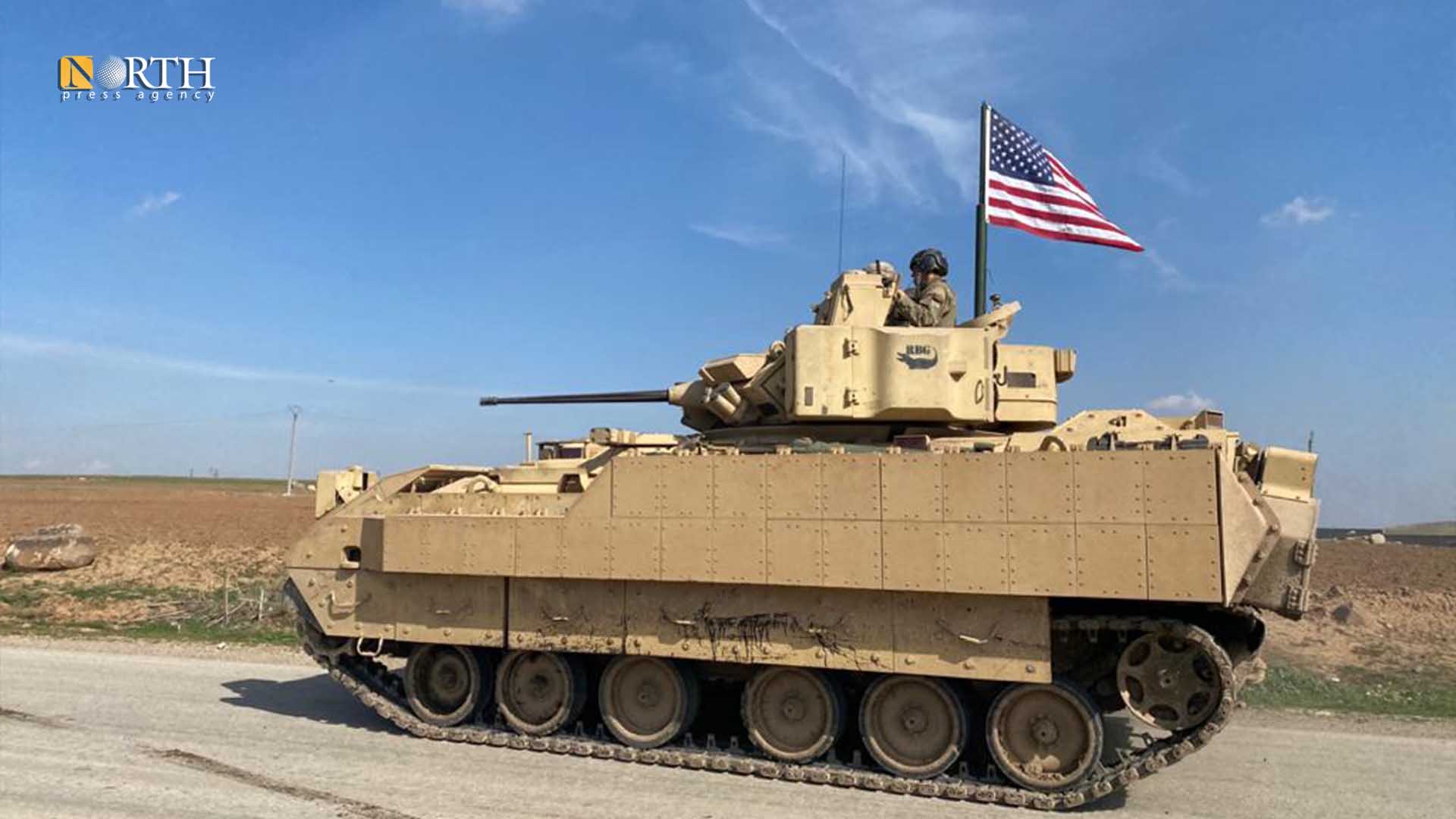By Abdulsalam Khoja
QAMISHLI, Syria (North Press) – With the U.S. presidential election fast approaching on Nov. 5, questions are mounting about how its outcome will shape American foreign policy, particularly in the Middle East and Syria.
Observers note that past U.S. presidents have shown varying approaches to foreign policy, marked by differing priorities and strategies.
The 2024 race between Republican candidate Donald Trump and Democratic candidate Kamala Harris has sparked predictions about how future U.S. engagement in the region, especially in Syria, will unfold.
Differing visions
Mustafa Salah, a Cairo-based international relations expert, highlights the stark contrast between Trump and Harris regarding U.S. foreign policy.
He notes that this difference extends to Washington’s dealings with allies, adversaries, and the scope of military deployment globally.
“There are two distinct visions for the U.S. foreign policy, depending on who wins the White House,” Salah told North Press. “This could result in radical changes, using a mix of diplomatic, military, or economic tools.”
Salah noted to previous shifts, such as the signing of the Iran nuclear deal under Obama, and Trump’s later withdrawal from it. Similar shifts were seen in the U.S. military presence in Afghanistan under Trump, where military priorities were largely tied to economic strategies.
On the other hand, Mustafa Amara, director of az-Zaman newspaper Cairo bureau, argues that a change in leadership does not always mean a shift in policy.
“U.S. policy remains consistent in pursuing its interests,” Amara said. “It is the approach that changes, not the objectives.”
Amara emphasized the trend of reducing U.S. military presence abroad, relying more on allied forces and remote military methods like airstrikes and drones. “Ground deployments are increasingly unpopular with U.S. public opinion,” he added.
Warnings about troop withdrawal
U.S. forces in Syria form part of the Global Coalition to defeat ISIS, operating under the 2001 Congressional Authorization for Use of Military Force.
Initially deployed to northeastern Syria in 2014 to support the Kurdish People’s Protection Units (YPG) and later the Syrian Democratic Forces (SDF), these troops have played a key role in fighting ISIS.
However, according to Salah, a second Trump presidency could see significant shifts, with the U.S. potentially reducing troop levels or even withdrawing entirely from Syria and Iraq.
“Trump may focus on managing these issues through other means, like the Caesar Act for Syria,” Salah suggested.
He warned that such a withdrawal could drastically alter the balance in Syria, making it harder to resolve the ongoing crisis, fight ISIS, or continue supporting the SDF.
Salah concluded by noting that while the U.S. foreign policy might differ in style, both candidates reflect their ability to manage internal issues.
He predicted that the differences in their approaches will become more evident in Washington’s relations with both allies and adversaries.

